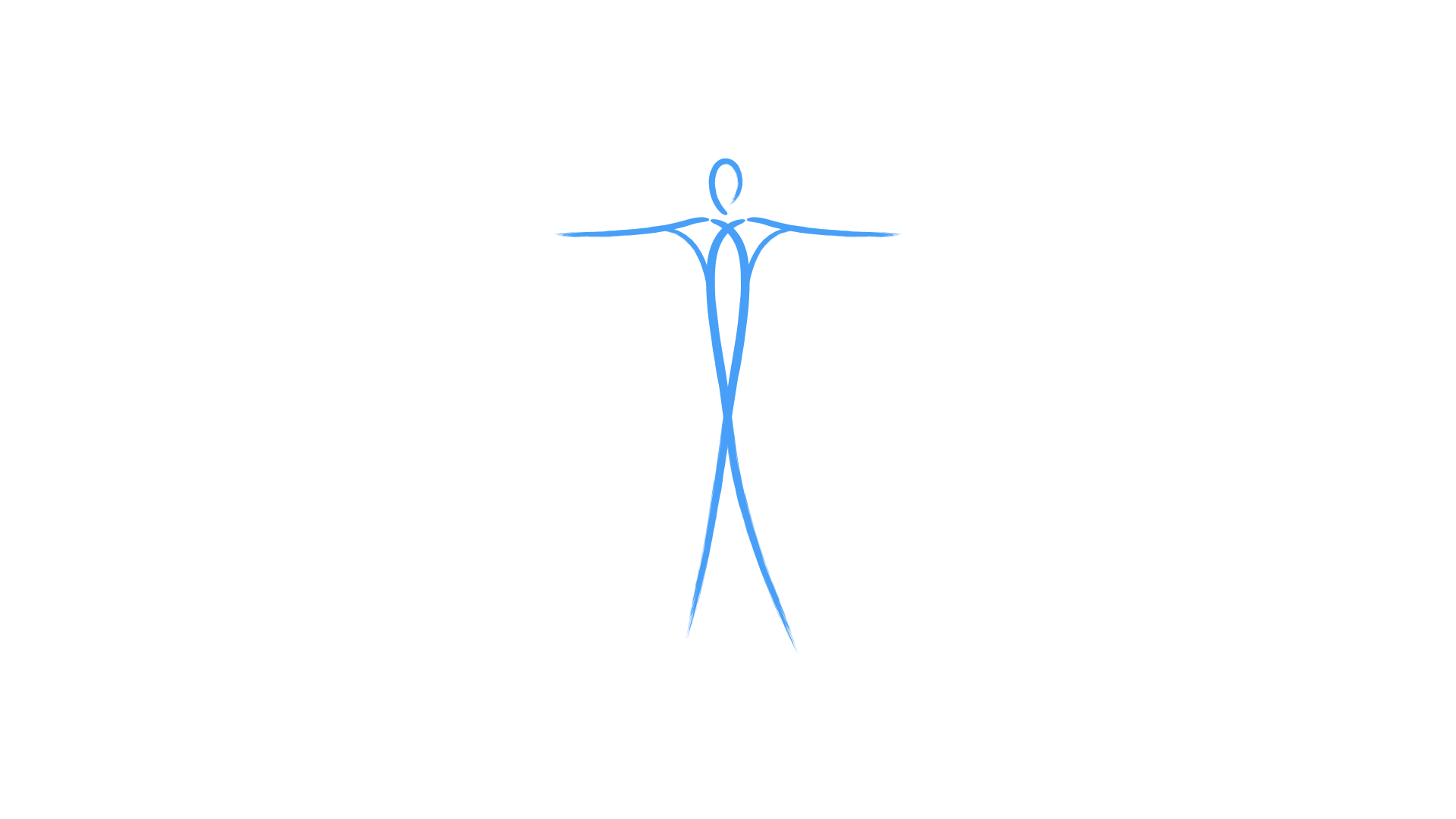How' you (non) doin'?
The concept of “non-doing” is one of the most important aspects of the AT (Alexander Technique). It bears an unfortunate name, however, that causes a lot of confusion and is often misunderstood. There are many terms in the AT vocabulary (which was developed over 100 years ago) that are outdated and could use a linguistic update. “Non-doing” is one of them. One of the first thoughts that comes to mind when hearing the term “non-doing” is “relaxation” or literally “doing nothing”. Imagine an ad for AT lessons: “Come for Alexander lessons and learn how to do nothing”. Not the best marketing strategy if you ask me. And not an accurate one, either. So what exactly does “non-doing” mean? I define “non-doing” as an optimal amount of work performed by correct muscle groups to get the job done (whatever the task may be). Lena Frederick put it beautifully in her “Notes on the Alexander Technique” from 1976: “It is the fine line between over-exertion and slackness - the fine line which is the desired tension, as in the stringing the bow.” In our society in general, and ballroom dancing world in particular, “doing” (and even “over-doing”) is highly regarded and often rewarded. So why is “non-doing” so important?
Let’s start with efficiency. Imagine a dancer who habitually contracts his lower back muscles, resulting in a typical “arched” lower back (hyperlordosis caused by inability to release the anterior pelvic tilt). He hears from his coach that his back is arched and his butt sticks out. So what does he do? Most likely tucks his pelvis under to remedy the problem (often times it is a suggestion from a typical dance coach). Now, think about it. His original problem of “arching” the back is caused by contraction of back muscles (which is most likely beyond his awareness). His solution is the contraction of hip flexors to bring his pelvis back to neutral. So now he is putting the double amount of work (contraction of back muscles counteracted by contraction of hip flexors). It is like flooring the accelerator while applying a brake. Not very efficient, is it? What would make a lot more sense would be to release the back muscles which put the pelvis out of neutral alignment in the first place. That, however, would require bringing this back muscles contraction to conscious awareness first.
This is where Alexander Technique comes in. With skilled hands and proper approach, the AT teacher can show the student how to recognize these unnecessary tensions in the body and how to release them. That is how “non-doing” works. Of course the body will still have to “do” what it needs to do but nothing more and nothing less. Dance consists of a lot of movements which require all kinds of effort, so being able to apply just the right amount of effort makes a dancer much more efficient.
Another very important aspect of “non-doing” is injury prevention, and in a long run, longevity of a career. We can use the same example as before but look at it from a different perspective. In order to stand with the pelvis in neutral position, the dancer in the example above should do so with no excess tension in the lower back or hip flexors. If he continues, however, to contract his lower back muscles and hip flexors to counteract that action, not only will he have to work extra hard while attempting to dance, he will also fatigue his lower back and hip flexors early on and risk injury.
There are many examples where dancers do not take time to learn and understand the proper use of musculature for demands of their choreography but instead they take shortcuts to just make movements look like what they are supposed to be. With frequent repetition of these mistakes, they overdevelop muscles which were not meant to do the job, and underdevelop the ones that were meant to do it. Over time, it can lead to serious imbalances and make the dancer prone to injury. And again, to remedy this, they will have to learn how to “non-do” with the muscles they have so diligently trained, and “do” with the proper ones instead.
In summary, the concept of “non-doing”, or performing the optimal amount of work with the proper musculature, is essential to achieve the efficiency and fluidity of movement, as well as prevent overuse injuries caused by imbalances, and ultimately enjoy a longer competitive or performing career.







